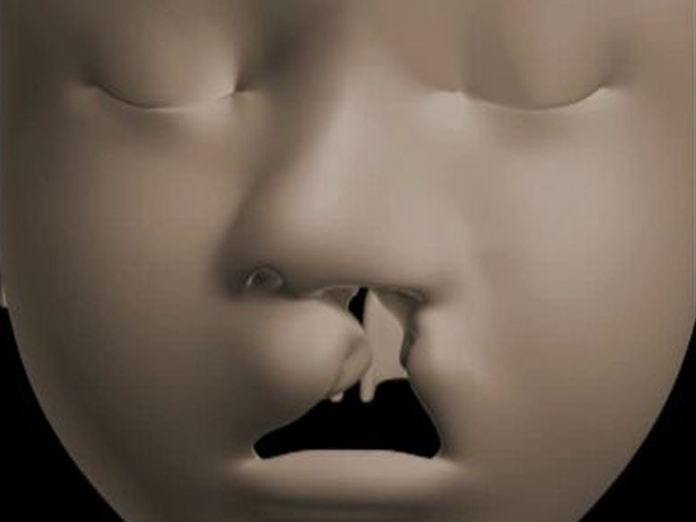Live
- Beacons of hope and love born on December 25
- Vajpayee’s legacy lives on as country marks his birth centenary
- Rythu Bharosa to pick best from PM -KISAN scheme
- Medak wears season’s festive look
- TG sets record in fine rice purchase
- Maintaining India’s growth momentum
- Study Reveals Teabags Release Billions of Microplastics and Nanoplastics, Entering Your Body
- Workplace Wonders: Creative Secret Santa Gifts for Colleagues
- Kumbh Mela 2025: Essential Guide to Comfortable and Respectful Attire for Maha Kumbh
- Hyderabad Real Estate Faces Setback: Property Sales Drop 7% Year-on-Year in 2024
Just In

The Indian Council of Medical Research ICMR, in collaboration with the AIIMS on Thursday launched IndiCleft, a webbased tool which will help in online and offline data recording of patients suffering from cleft lip or cleft palate
- Based on estimates, it is suggested that approximately 35,000 new-born cleft patients are added every year to the population
New Delhi: The Indian Council of Medical Research (ICMR), in collaboration with the AIIMS on Thursday launched “IndiCleft”, a web-based tool which will help in online and offline data recording of patients suffering from cleft lip or cleft palate.
Cleft lip or cleft palate is a condition when the two sides of the lip, developing in an unborn baby, do not completely fuse together.
It affects weight, speech and chewing habit of a child and leads to abnormal arrangement of teeth, poor jaw relations and facial aesthetic.
It constitutes nearly one-third of all congenital malformations of the craniofacial region with an average worldwide incidence of 1 in 700.
Its incidence among the Asian population is reported to be around 1.7 per 1,000 live births or higher.
The robust web-based recording system, which has been developed with the help of the National Informatics Centre (NIC), enhanced with more server space and improved capabilities at ICMR Headquarters, was launched by ICMR Director General Dr Balram Bhargava.
Even though a national epidemiological data is not available in India, many studies from different parts of the country have reported a variation in the incidence of cleft anomaly.
Based on estimates, it is suggested that approximately 35,000 new-born cleft patients are added every year to the Indian population.
IndiCleft is a comprehensive aid for cleft patients covering important components broadly grouped under 10 headings -- demographic, socioeconomic, maternal history, surgical history, dental history, surgical and post-surgical evaluation, ENT evaluation, speech assessment, genetic evaluation and lastly, dental evaluation, Dr O P Kharbanda, the chief of Centre for Dental Education and Research (CDER) at the AIIMS said.
The ‘IndiCleft’ tool was formulated during the pilot phase of a study, initiated by CDER AIIMS conducted between 2012-2014. During the study, data of 164 cases with cleft lip and palate anomaly were recorded from three high-volume cleft care centers in Delhi and NCR, involving two public-funded hospitals, the AIIMS and Safdarjung hospital, and a private hospital, Medanta-The Medicity, in Gurgaon.
“It revealed that patients suffering from this deformity had high need for treatment with an immediate need to devise strategies to improve delivery of quality care,” Dr Kharbanda said.
Currently, the multi-centric phase of the study is underway in New Delhi, Hyderabad, Lucknow and Guwahati.
“In our study, we also evaluated a few risk factors including maternal smoking and alcohol consumption, intake of drugs during the first trimester of pregnancy and exposure to smoke during the same time using chulha at home or due to passive smoking.
We also took into account the history in drug intake and radiation exposure in the first trimester of pregnancy and it was concluded that all these risk factors may be related to increased incidence of cleft in the progeny,” Sr Kharbanda said.
The government’s Rashtriya Bal SwasthyaKaryakram has identified cleft lip and palate as one of the visible deformities which are recorded under the programme.

© 2024 Hyderabad Media House Limited/The Hans India. All rights reserved. Powered by hocalwire.com







